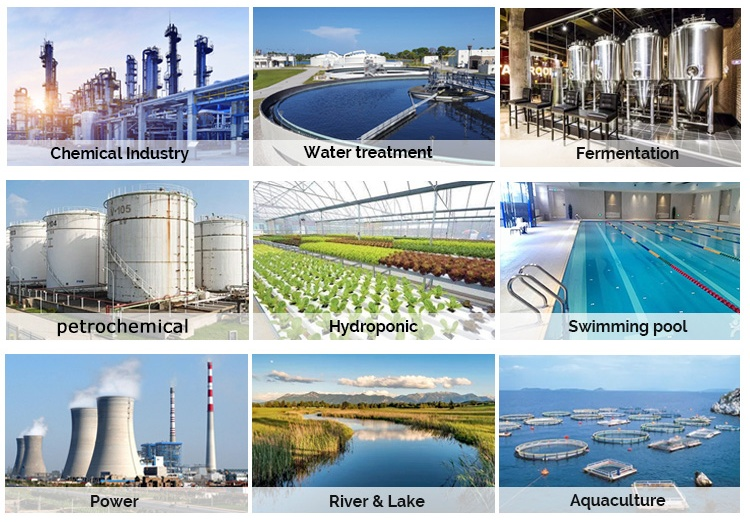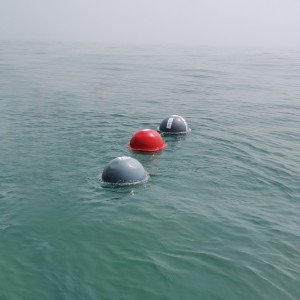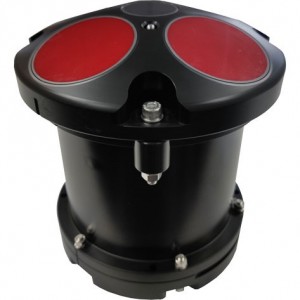RS485 Four-Electrode Conductivity EC CT/Salinity/TDS Sensor for Water Quality Monitoring
Features
① Precise Four-Electrode Design
The innovative four-electrode structure minimizes polarization effects, significantly improving measurement accuracy compared to traditional two-electrode sensors. This design ensures stable performance even in high-conductivity or ion-rich solutions, making it ideal for challenging water quality scenarios.
② Wide Measurement Capability
With a broad range covering conductivity (0.1–500 mS/cm), salinity (0–500 ppt), and TDS (0–500 ppt), the sensor adapts to diverse water types—from pure freshwater to concentrated seawater. Its full-range automatic switching eliminates user error by dynamically adjusting to the detected parameters, ensuring hassle-free operation.
③ Robust and Durable Construction
The corrosion-resistant polymer electrode and housing material withstand harsh chemical environments, making the sensor suitable for long-term submerged use in seawater, industrial wastewater, or chemically treated water. The flat surface design reduces biofouling and debris accumulation, simplifying maintenance and ensuring consistent data reliability.
④ Stable and Interference-Resistant
An isolated power supply design mitigates electromagnetic interference, ensuring stable signal transmission and data integrity in electrically noisy industrial settings. This feature is critical for applications requiring continuous monitoring, such as automated process control systems.
⑤ Easy Integration and Communication
Support for the standard MODBUS RTU protocol via RS-485 enables seamless connectivity to a wide range of control systems, PLCs, and data loggers. This compatibility streamlines integration into existing water quality management networks, facilitating real-time data collection and remote monitoring.
⑥ High Environmental Adaptability
Designed for versatile use, the sensor operates effectively in both freshwater and seawater environments, with a compact form factor and G3/4 threaded connections for easy installation in pipelines, tanks, or open-water monitoring stations. Its robust build ensures reliable performance across varying temperatures and pressure conditions.


Product Paramenters
| Product Name | Four-electrode salinity/conductivity/TDS sensor |
| Range | Conductivity: 0.1~500ms/cm Salinity:0-500ppt TDS:0-500ppt |
| Accuracy | Conductivity: ±1.5% Salinity: ±1ppt TDS: 2.5%FS |
| Power | 9-24VDC(Recommend12 VDC) |
| Material | Polymer Plastic |
| Size | 31mm*140mm |
| Working Temperature | 0-50℃ |
| Cable length | 5m, can be extended according to user need |
| Sensor Interface Supports | RS-485, MODBUS protocol |
Application
1. Seawater Aquaculture & Fisheries Management
Monitors seawater salinity and conductivity in real time to optimize aquaculture environments and prevent salinity fluctuations from harming aquatic life.
2. Industrial Wastewater Treatment
Tracks ion concentration in wastewater to assist desalination processes and chemical dosing control, ensuring regulatory compliance.
3. Marine Environmental Monitoring
Deployed long-term in coastal or deep-sea areas to monitor conductivity changes and assess pollution or salinity anomalies.
4. Food & Pharmaceutical Industries
Controls purity and salinity of process water to ensure product quality and production stability.
5. Scientific Research & Laboratories
Supports high-precision water analysis for oceanography, environmental science, and data collection in research fields.
6. Hydroponics and Agriculture
Monitor nutrient solution conductivity in hydroponic systems to optimize fertilizer delivery and irrigation, ensuring balanced plant growth. The sensor’s ease of cleaning and corrosion resistance make it suitable for frequent use in controlled agricultural environments.










